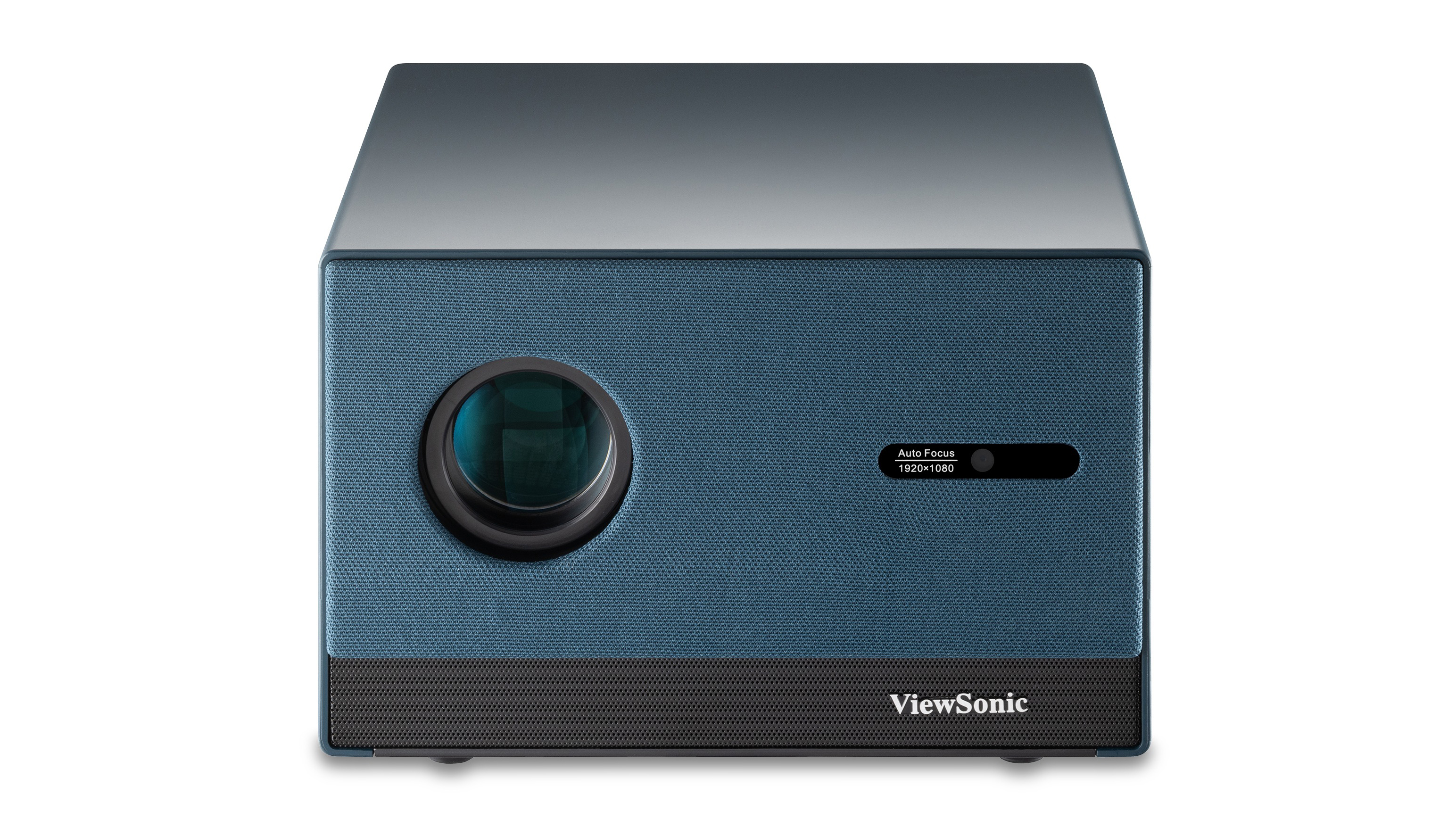Opportunities Expand for LED Video Walls
Key trends in the video wall space include increasing display sizes, installation flexibility, resolution, and accessibility.
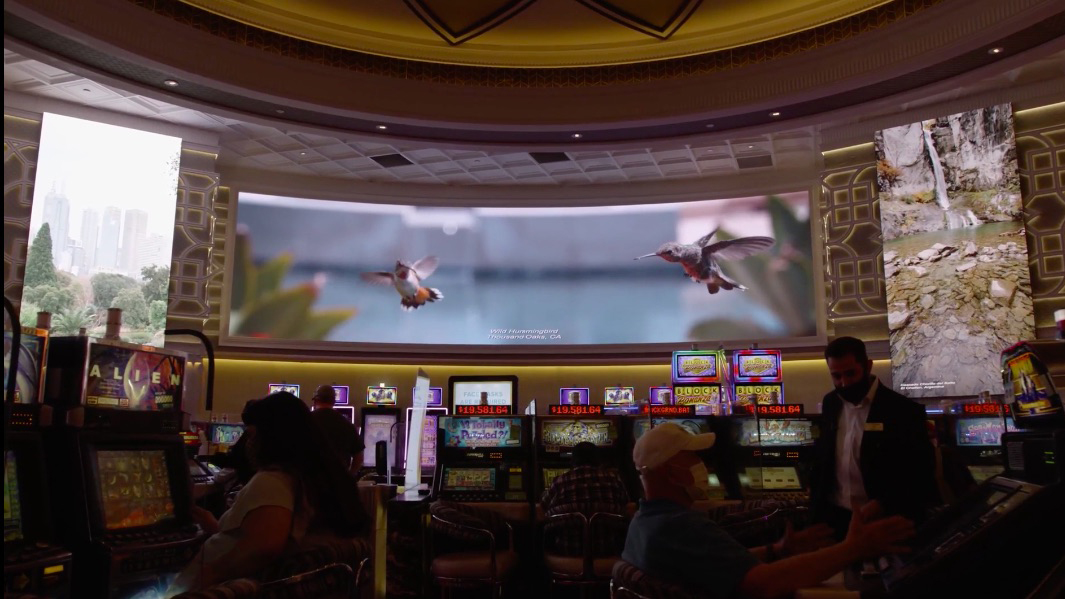
“The most significant trend has been that LED products are being accepted as a mainstream technology for a wide range of vertical markets,” said Fred Cain, industry development director at Absen.
“Pixel pitch and pricing are on a downward trajectory and are beginning to move to well below the 1.0 mm pixel pitch. New technologies like Micro LED are driving that movement and are going to bring us higher resolution in a smaller form factor. Other new technologies, like flip chip technology, will bring high brightness and high contrast with a wide viewing angle in a form that protects the pixels from the type of damage that they can sustain today. These new technologies are more efficient in terms of power consumption and heat dissipation, adding an element of sustainable design to the solutions,” he explained.
[ The Integration Guide to Video Walls ]
Cain added that LED is being specified more frequently in commercial spaces—not just in large lobby displays, but in functional meeting and presentation settings.
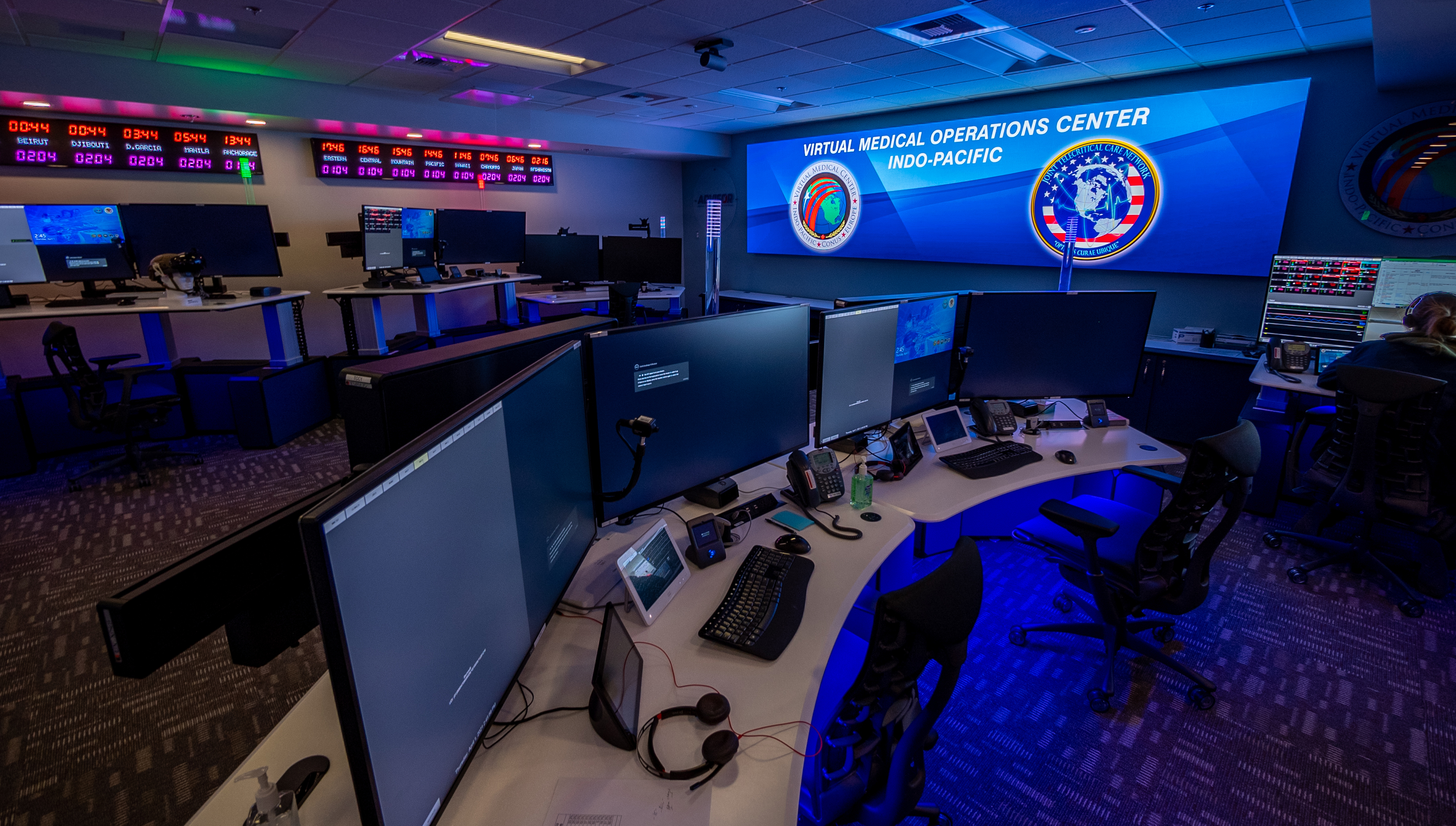
“Large-format ‘all-in-one’ solutions in the 110-inch to 165-inch size range are also becoming normal in these spaces,” Cain said. “Bigger displays are featuring in smaller rooms. Other trends like AR/VR are rapidly expanding within the virtual studio solutions. Video production sets are also becoming virtual, and LED video walls are playing a big part in that.”
Bigger and Better
Another growing area of interest is curved and flexible LED solutions, according to Samsung’s Mark Quiroz, vice president of marketing, Display Division, at Samsung Electronics America.
“We are seeing a growing interest in curved LED walls, flexible install positions, seamless content management tools, increased picture quality through shrinking pixel pitches, and larger sizing overall. The term ‘bigger and better’ comes to mind with updates in the LED video wall space, and this is true of our new The Wall (IWA Series). It offers 8K resolution with 120 Hz refresh rate and simple 8K playback. Its massive screen can be configured to over 1,000 inches. As a company, our main focus has been understanding how video walls optimize a space and offering options that enhance the area they are in,” said Quiroz.
A daily selection of the top stories for AV integrators, resellers and consultants. Sign up below.
[ Getting Ahead of the Curve with Today’s Advanced LED Video Walls ]
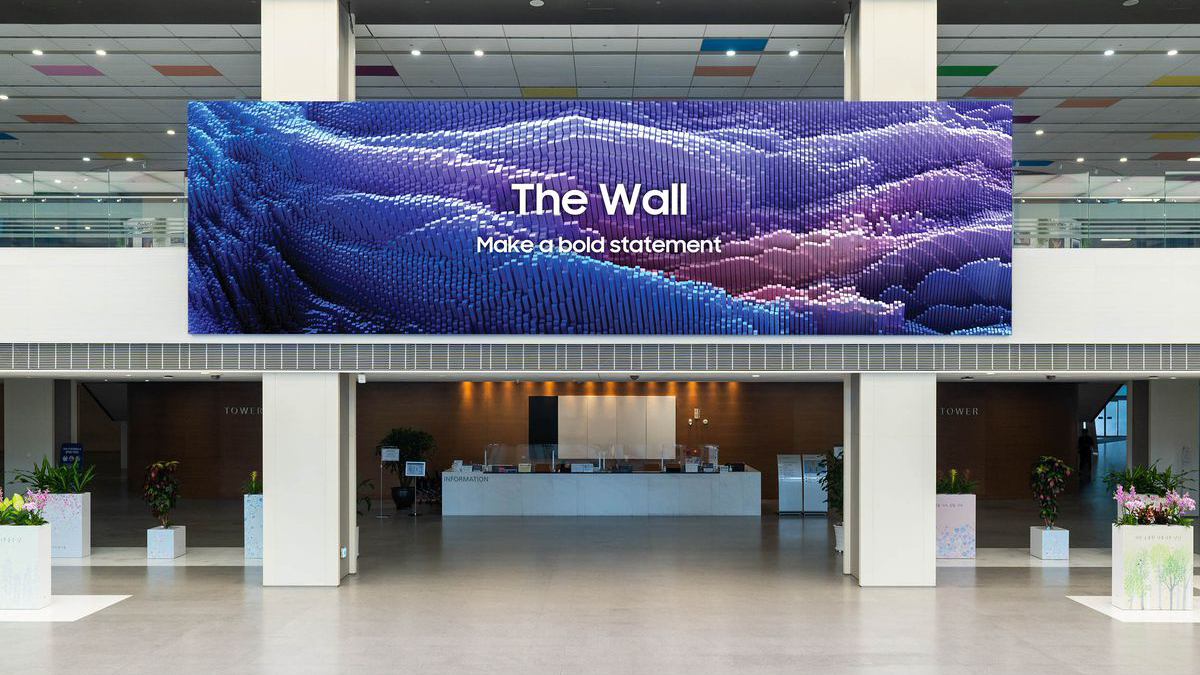
As far as direct view LED (dvLED) goes, there are some major changes taking place, said Megan Zeller, director of business development, Peerless-AV. One of these has been a technology transition from SMD (surface-mount device) to CoB (chip on board) or Micro LED.
“This development will eventually result in even lower-cost dvLED displays, which increases accessibility even further and presents opportunities for dvLED solutions anywhere. This means that products with finer pixel pitch are available for various businesses, despite their size or budget.”
Versatility Pays
Displays with the flexibility to accommodate a variety of install environments is another trend, added Zeller.
“Another thing I’ve noticed within the dvLED video wall space is a change from the usual, standard installation. We’ve seen an increase in large-scale installations in areas where there is high foot traffic or extreme weather conditions. Integrators within the AV and dvLED video wall space have had to pivot for the consumer to provide more secure installations and mount solutions, in addition to the most durable video wall systems possible.”
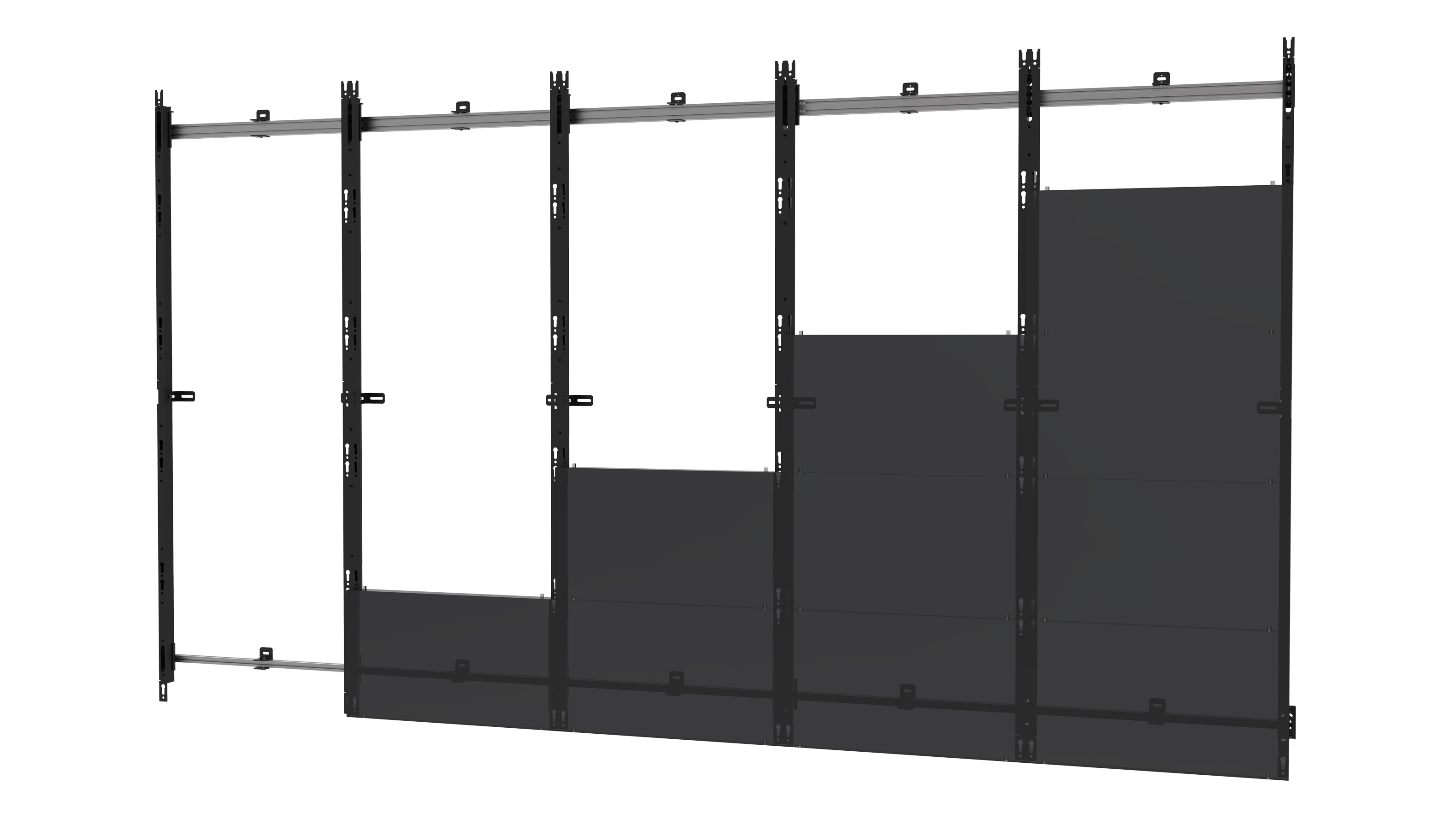
She is also keen to highlight substantial developments in high-quality digital content. “The use of HD content in video walls increases their attractiveness and is likely to fuel the growth of the market. The 16:9 format became the standard, and OEM television manufacturers were continuously developing in quality and design. The availability of HD content has increased rapidly in the past five to eight years, and now, unique forms of displays are beginning to make an appearance for lifestyle integration.”
According to Zeller, direct view LED displays offer perfect picture quality, are flexible for a modular configuration, and are unaffected by ambient lighting conditions, thus making them excellent candidates for deployment in any space.
[ Absen Acclaim A2725 Plus Video Wall Review ]
“The rise in the development of 4K content will further provide a growth opportunity to vendors as these displays provide a more compelling experience and add an artistic touch to the video walls.”
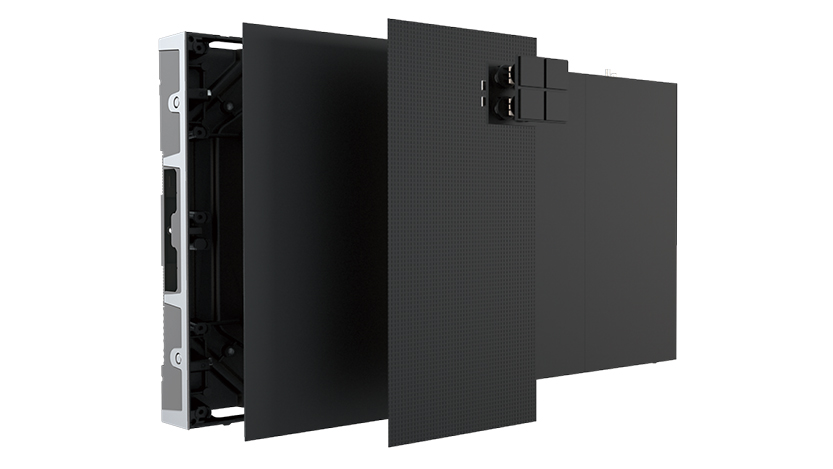
Opening Up Access
Another noteworthy trend has been accessibility. Better affordability over the last year or two has been a huge part of that, said Zeller, as manufacturers learn to optimize their operations and technology becomes more widely available.
“Despite dvLED’s reputation of being pricey, integrators have gotten more creative with how they market and sell their products, so smaller-budget customers who may have felt dvLED was beyond their reach are now met with an array of options well within their means. More businesses and business owners are being welcomed into the dvLED video wall market, where they’d previously been underserved by large-format displays. We have taken major strides in presenting dvLED solutions to the masses, and I predict that we will see more diverse displays within museums, schools, public transportation facilities, restaurants, banks, and even the home.”
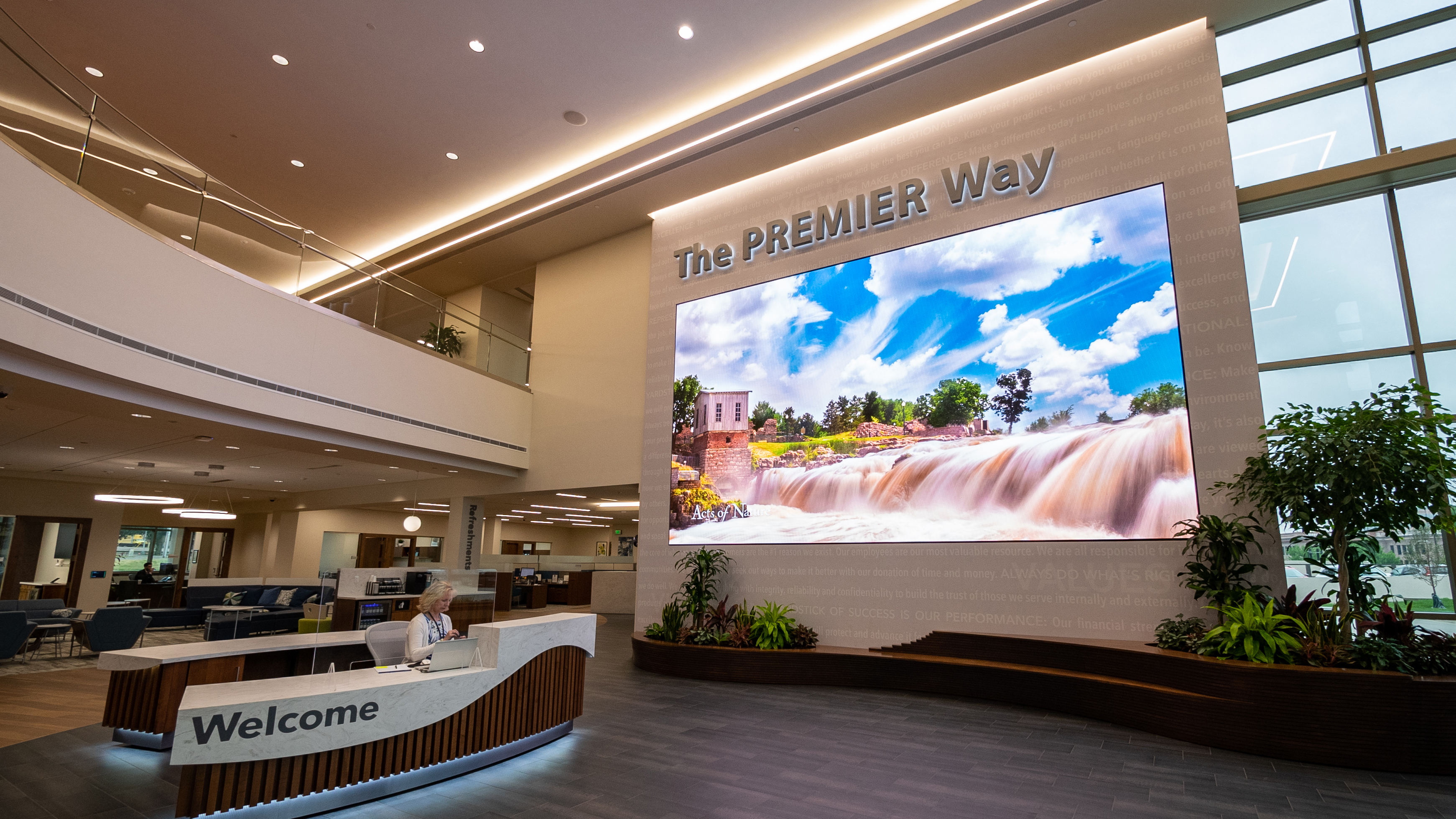
The topic of accessibility is a point that Daktronics product manager Adam Gilliland is also keen to mention. “LED has become more cost-accessible and has a performance advantage over older generations of digital technology.”
Other major trends, said Gilliland, include pixel quality and mounting expectations. “Expectations for pixel pitches and resolution are getting tighter and tighter and the market is driving toward more options sub 1 mm. Manufacturers are exploring new pixel technologies to reach these tighter resolutions. Solving the durability problem with narrow-pixel-pitch technology and improving speed of install and reliability is another area in development.”
[ What’s Trending Now for Video Walls? ]
Another significant trend is the increasing demand for “all-in-one” LED solutions in applications like meeting rooms, auditoriums, and lecture halls, with standard size LED kits that include the ability to connect to Wi-Fi easily and quickly share presentations, added Gilliland. He added that LED installations in live entertainment, cinema, and corporate applications are helping to entice people back to public spaces after months of COVID-19 isolation.
What’s Next?
What does the future hold for LED video displays in a pandemic-shaped world?
“It is hard to predict what a post-COVID landscape will look like for the LED market,” said Cain. “If you look at some of the trends I mentioned earlier, it is clear that end users are going to have performance expectations of LED moving forward. Meeting spaces will evolve into something new. The hybrid workspace is something that everyone is trying to define. All-in-one solutions are easy for designers to specify, and they can be rapidly deployed by integrators. Technical staff will need to be able to understand the technology and the design considerations to make the most of these solutions. Things like proper wiring and cabling techniques for wall controllers, frame rate, viewing angles, scan mode, scaling and resolution matching are all important to a successful LED solution design.”
Newer vertical markets like XR, AR, and VR will likely require a greater understanding of design considerations, too. “The other item that integrators need to be able to communicate to their clients is the ROI and life cycle component of their LED investment,” said Cain.
It’s clear that the LED video wall space is a developing market. “LED will become the dominant display technology over the next few years. As pricing comes down and resolution goes up, it is replacing other display technologies like projection and flat-panel displays. New products with more efficient and sustainable designs will make adoption more likely in markets like residential and consumer applications. Retail is also poised for a huge investment in LED in the United States, as brands attract people back to the store.”
Looking ahead, new technology will certainly drive new products into the space, said Cain.
“Today we think of it as a display that has ‘other’ equipment connected to it, but manufacturers are beginning to incorporate those ‘other’ pieces of hardware into their all-in-one solutions. We have solutions with integrated audio, control, switching, and scaling in them already. Next, we may see IoT devices, touch and gesturing, new forms of interactivity, and artificial intelligence being incorporated into these LED solutions.”
Click here to read more stories from the October 2021 issue of SCN.
Related Stories
The Need for Adaptability Drives LED Video Wall Installs • Video walls that were used for promotion pre-pandemic are being repurposed to attract and engage with audiences in a different way.
How Video Walls Can Bridge the Virtual Chasm • With virtual events, meetings, and learning sticking around, video walls are helping to take visualization and entertainment to new levels of immersion. Find out how leading manufacturers are driving this revolution.
Outdoor Fine Pitch LED Video Walls: 4 Trends on Display • Planar's Romeo Estores dives into outdoor LED trends including weatherization, versatility, and more.
LED Video Walls in Corporate Environments • While LED video walls previously seemed unattainable for a large portion of companies (think small- to medium-sized businesses), the technology and content needed to successfully wow internal and external clients is becoming more accessible.
Video Walls: An Evolving Landscape • Bigger, brighter, and blending better into their environments, today’s video walls are transforming the way we look at everything from entertainment to critical data.
Ledetta Asfa-Wossen is an education, technology, and business journalist.
